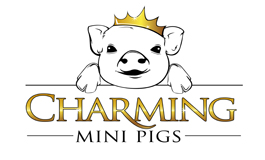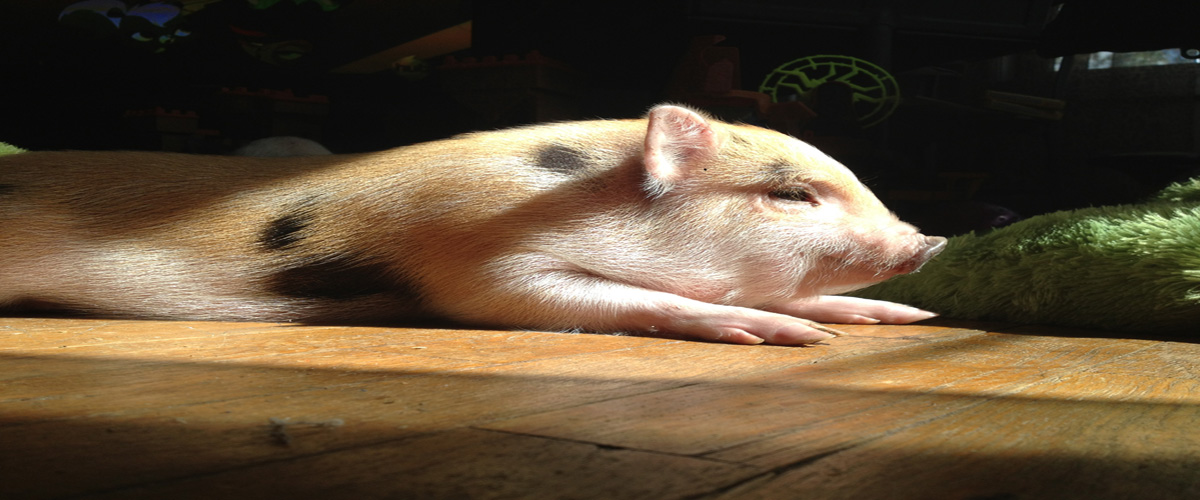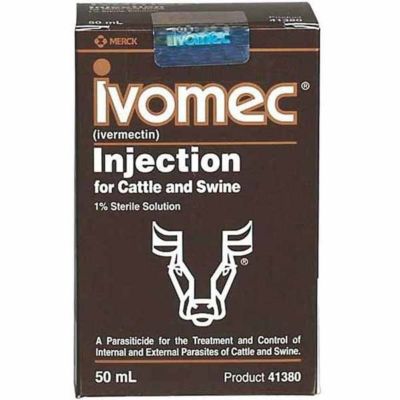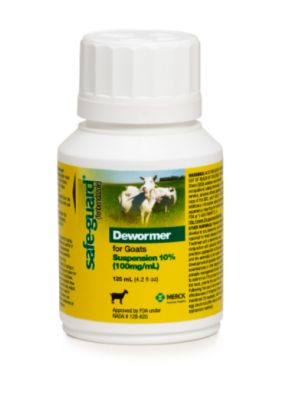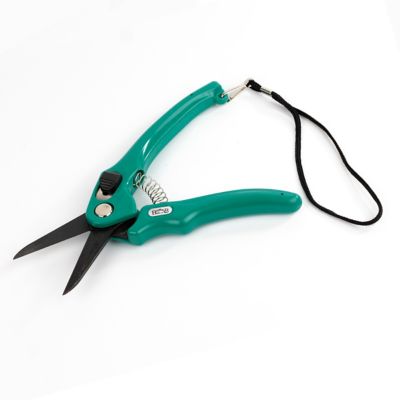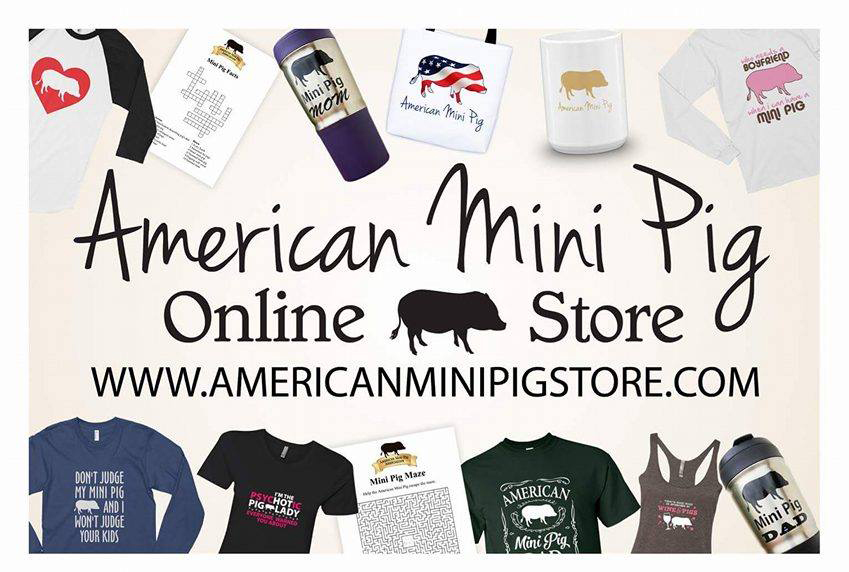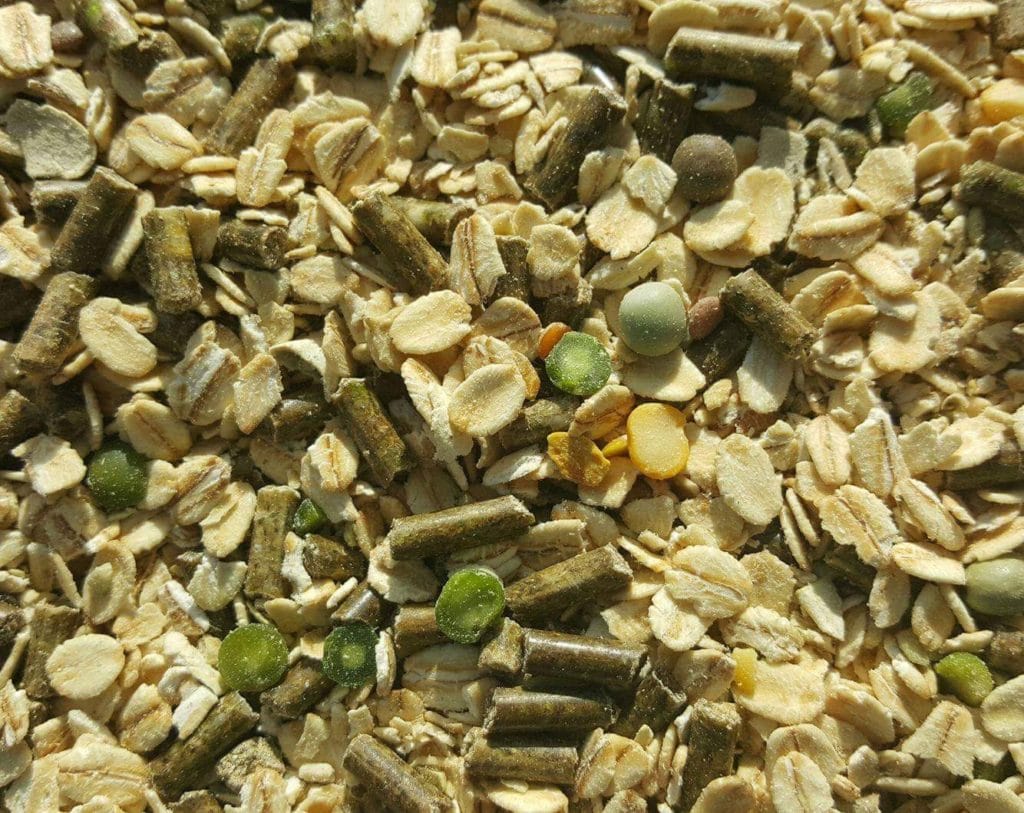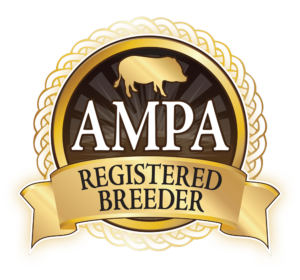Socializing Your Mini Pig
Pigs make incredible pets. They require very basic care including a worming every 6 months and hoof filing or trimming as needed. You should always make sure that you have a veterinarian that will see mini pigs, before you consider adopting one. Your vet can take care of the worming or the hoof maintenance, but it can also be done at home.
Piglets are not like a puppy or kitten. They do not instantly trust you. You have to earn and build a trusting relationship so that the piglet will feel safe and comfortable. Pigs are prey animals in nature so they have the flight response when there are quick movements, loud sounds, or hands reaching out to them.
 We recommend that you begin your relationship by sitting on the floor with your piglet in a small area. A pet playpen or a laundry/bathroom with a baby gate. Sit in your piglets area and let the piglet come to you. You can use food!! Let the piglet eat from your hand, easing him or her in closer and closer. We also recommend that you tell the piglet what you are going to do before you do it. Say the word “pet” before you reach to pet, and “up” before you pick the piglet up. Soon they will learn that your hands mean no harm. Holding your piglet in your lap as much as possible, scratch or giving belly rubs is a good way to connect with your piglet.
We recommend that you begin your relationship by sitting on the floor with your piglet in a small area. A pet playpen or a laundry/bathroom with a baby gate. Sit in your piglets area and let the piglet come to you. You can use food!! Let the piglet eat from your hand, easing him or her in closer and closer. We also recommend that you tell the piglet what you are going to do before you do it. Say the word “pet” before you reach to pet, and “up” before you pick the piglet up. Soon they will learn that your hands mean no harm. Holding your piglet in your lap as much as possible, scratch or giving belly rubs is a good way to connect with your piglet.
Piglets do not like to be held up off the ground. It’s unsettling and uncomfortable for them. They will wiggle and sometimes scream. You have to ignore this and support the piglet close to your body until he/she settles down.
Pigs have a huge vocabulary. Listen closely to the little squeaks and grunts and you will learn that your piglet is communicating with you. They can tell you when they need to go potty, when they want outside, and definitely when they are wanting a treat or snack.
People are shocked to learn that piglets/pigs can jump! They can easily hop up on the couch and some even jump into the family bed. Piglets love to cuddle and sleep in bed with their family. You will also find they will be very content in a cozy bed in their own little space.
These are incredibly intelligent animals. Once you have your piglet eating treats like cheerios, grapes, or apple bits you can teach them numerous tricks in just minutes! It’s really amazing!! Make sure that you challenge your piglet into learning new things and earning those treats.
Bathing Your Mini Pig
Pigs can be bathed in gentle human soaps/shampoos. Do not use dog/cat products. They have very sensitive/dry skin. We use baby  shampoo or Head and Shoulders. Coconut Oil is awesome for keeping their skin moisturized and healthy. You can find it in the baking section of your grocery. Pigs do not love having a bath and remember they can jump, so for the first several baths you may want to grab the ear plugs. Put a towel down in the tub so the piglet doesn’t slip around. Some piglets enjoy the water and extra attention and some just want out. As they mature bath time can get easier. Treats in the bath water can be used as a distraction. We just fill the tub up a couple of inches and use a hand held shower head or a cup to wet and rinse the piglets.
shampoo or Head and Shoulders. Coconut Oil is awesome for keeping their skin moisturized and healthy. You can find it in the baking section of your grocery. Pigs do not love having a bath and remember they can jump, so for the first several baths you may want to grab the ear plugs. Put a towel down in the tub so the piglet doesn’t slip around. Some piglets enjoy the water and extra attention and some just want out. As they mature bath time can get easier. Treats in the bath water can be used as a distraction. We just fill the tub up a couple of inches and use a hand held shower head or a cup to wet and rinse the piglets.
Worming Your Mini Pig
Worming at home can be done with Ivermectin 1% injectable and Safe-guard. Although the ivermectin is an injectable it can be given orally. We just squirt the liquid wormer into the pig’s mouth or onto a small bite of bread and feed it directly to the pig.
Doses for Worming with Ivermectin for treatment of mites, lice, and internal parasites.
0.2cc/ml per 10 pounds body weight added to your pig’s food or favorite treat. Two doses are required 12-14 days apart. Repeat this every 4-6 months.
Doses for Safe-guard for treatment of tapeworms, whipworms, ascarids.
Safe-guard for goats 10% suspension should be dosed 0.1ml or cc per 10 pounds of body weight. This dose is required once a day for 3 consecutive days.
To purchase Safegaurd today click on the picture.
More information on internal and external parasites can be found here.
Hoof Trimmming
There are a few tools you can use to trim and maintain the length and shape of your pig’s hooves. With a piglet a hard wire cutter, large nail cutter, and high grit emery board will all work to maintain the hooves. As your mini pig ages the hooves will become thicker and tougher and sturdier tools will be needed. Goat hoof trimmers, horse hoof nippers, dremel, metal file or rasp are all great tools for trimmings.
Burgon & Ball Eze Trim Foot Trimmer
Get your mini pig comfortable on his/her side with a belly rub and then check the hooves one by one. It is important to start them getting used to having their hooves touched and trimmed when young and often. Remove any impacted dirt from inside the front of the grown hoof. Once you can clearly see hard and soft tissue begin cutting away excess. Cut parallel to the heel and toe. Gently, but firmly trim down to level the growth with the heel or soft pad of the hoof. Use a file, dremel, or rasp to smooth rough edges. Pigs have two dew claws that will also need trimming while being aware of the soft tissue inside. Do not cut too short.
There is more helpful information on hoof care here.
We just adore these pigs!! They have brought so many smiles to our life. They are not a traditional pet so please do lots of research. Internet information can be contradictory and confusing. It is important to read as much as possible from reliable sources like the American Mini Pig Association. You can contact us any time to talk to someone who lives with them. We also have many pig moms and dads that would be happy to share their experiences. You may phone or email us at [email protected] or 417-569-9736.
